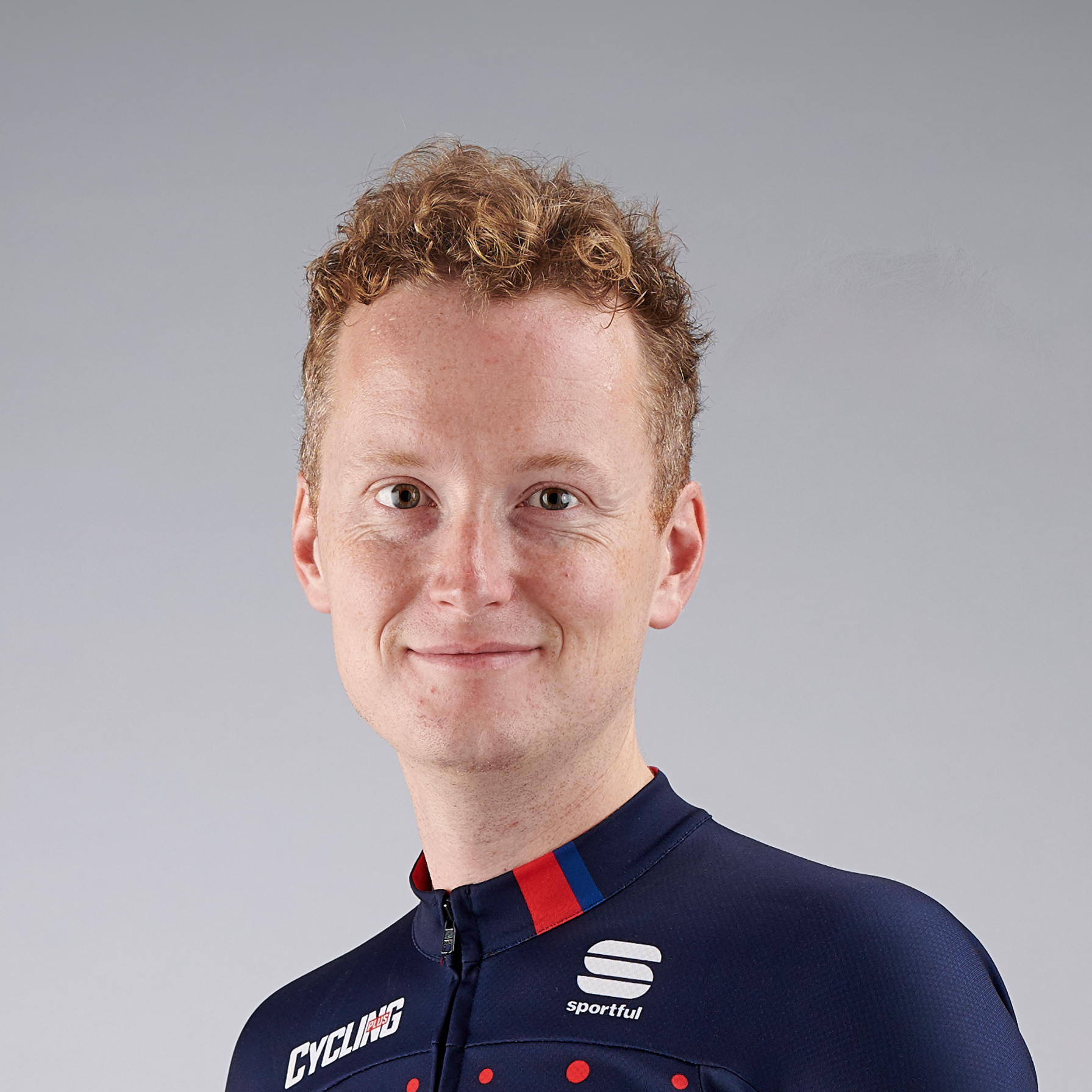Throughout the 2025 Tour de France, we'll be answering some of the most common questions we get asked each year about the race. Not the big overarching questions, such as 'who's going to win the race this year?', but the fascinating minutiae like 'how many calories do riders consume each day?' and 'how do Tour de France riders pee?'.
In this final article, we ask: why are Tour cyclists built the way they are?
The body profile of a Tour de France cyclist is, like that of any pro athlete, a result of both nature and nurture.
Like a lot of team sports, pro cycling has different people performing various roles – bigger riders for flatter stages and smaller riders for hillier stages.
Take Tadej Pogačar’s UAE Team Emirates-XRG, for instance. At this year’s Tour de France, Pogačar has employed 80kg German time trialling powerhouse Nils Politt as a human shield on flatter days, while flyweight riders such as Pavel Sivakov and Adam Yates are domestiques in the mountains, pacing their leader, making sure he’s fed and watered and teeing him up for his final attack.

The winners of the Tour have generally, with exceptions at various times in history (Marco Pantani in 1998, for example), been neither sturdy diesel nor delicate waif.
The ideal profile is typically sturdy enough to perform on their own in critical time trials but light enough to win, or at the very least hold their own, on summit finishes.
Big or small, pro cyclists have similar builds: outsized thighs and bottom, which literally do much of the legwork of the pedal stroke; a strong core, to support and maintain that pedal stroke over long periods; and an upper body that performs its supporting role best by carrying as little weight as possible.
Weights of around 60kg are typical for a modern Tour winner. Pogacar, who is 177cm tall, drops as low as 64.5kg (start of the 2024 Tour de France).
The heavier riders – the flatland domestiques – have weights of 80kg and above, a figure primarily a function of their bigger heights and muscle mass. Nobody is carrying excess fat around France.
It’s what’s going on inside the body that defines the ability of a cyclist, however. Pros’ upper bodies, which house some of the biggest sets of lungs in sport, might not look like much on television but are truly remarkable up-close.
Huge lungs, in tandem with the massive hearts that the best male cyclists have developed through training, help to raise a rider’s V02 max – the maximum amount of oxygen a person can utilise per minute (measured in ml/kg/min) and one of the key markers of a cyclist’s physical abilities.

Professional male cyclists can have a VO2 max of anything from the low 70s to low 90s. American Greg LeMond had a VO2 max of 93 at the peak of his powers, which helped take him to three Tour de France wins.
But it’s not the be-all-and-end-all. Powers of recovery, mental fortitude, the ability to get a team to work for you – the list of attributes of a Tour winner is vast. That high VO2 max, however, is the foundation on which all else is built.

